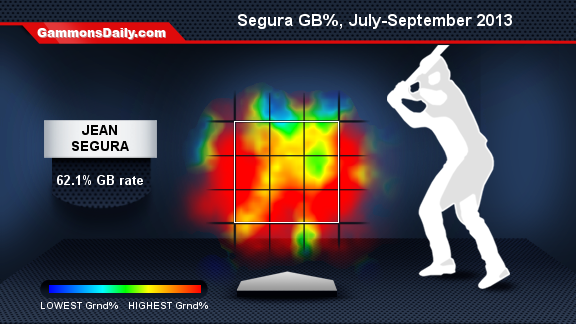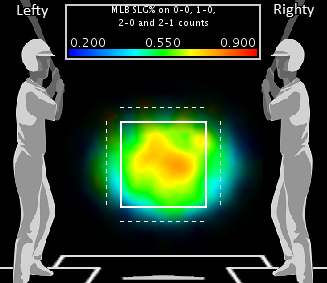Killing the Win won't kill Max Scherzer
 Michael Hllywa |
Michael Hllywa |  Thursday, August 22, 2013 at 11:01AM
Thursday, August 22, 2013 at 11:01AM
For those of you who are not on Twitter, get on Twitter. There is a trend that was started not too long ago by MLB Network's, Brian Kenny. That trend is aptly titled, "Kill the win." And it is a sentiment that I fully endorse. Especially in the cases of pitching analysis, projection and, in November, hardware handouts.
Pitchers rarely actually deserved his team's "win." But I think even Brian Kenny would agree that when Clayton Kershaw, in his Opening Day start for the Dodgers, threw a complete game shutout while driving in his team's only run that day with a home run, truly earned the "W" next to his name.
But in most cases, pitching wins are silly.
Let me show you what I mean.
Let's compare two pitchers:
- Pitcher A is fly ball pitcher and has a slight upper hand in the strikeout department.
- Pitcher B is getting more outs on the ground but is better at limiting free passes.
Neither of them is separating himself from the other, and are close enough to be considered similar.
Let's go a little deeper
- Pitcher A has an advantage in OPS against by 82 points. Which is pretty significant.
- But he also has a BABIP-against that is 43 points higher than Pitcher B, also significant.
Luck has played a major factor in the success of Pitcher A.
And not to spoil the surprise, but that .248 BABIP-against is 56 points below Pitcher A's career average. Just saying.
Let's go a little broader
The wins and losses should be a telling sign of, at least, who Pitcher A is. If you haven't figured it out, Pitcher A is Tigers starter, Max Scherzer.
Pitcher B, is Chris Sale.
Why is it important that I compare these two pitchers?
Because Max Scherzer is the front runner for the American League Cy Young Award. And rightfully so. He has been dominant all season long. But Sale has been almost equally as dominant.
The biggest difference is run support.
- The Tigers average 5.9 runs per game when Pitcher A Scherzer is on the mound.
- When Pitcher B Chris Sale makes a start for the White Sox, the Pale Hose average 3.1 runs per game.
Who would you rather pitch for?
- The White Sox have scored two runs or less in support of Chris Sale eight times this season in 24 starts. That's more than one-third of his starts.
- That has happened only twice in the 26 games that Max Scherzer has started.
- The Tigers have scored more than five runs 17 times in support of Scherzer.
- Chris Sale has received similar support only seven times this season.
Unfortunately for Sale, this is a matter of circumstance. He pitches for a bad team. The White Sox have the third worst record in baseball, and are only four games better than the Giancarlo Stantons Miami Marlins. Chris Sale would have had to have pitched like Clayton Kershaw this season to overcome what is one of the weakest offenses in baseball (they rank 29th in baseball in runs).
But aside from ERA - and maybe WHIP - Cy Young voters aren't going to be worried about whether or not Sale's K% was on par with Scherzer's when they fill out their ballots at the end of the season. They are going to see the numbers "19-1" and "9-12."
For as far as the BBWAA came when they handed the CYA to Zack Greinke and Felix Hernandez in 2009 and 2010, respectively, they still have a long way to go before they would look at two pitchers like Sale and Scherzer and find any similarities.
Kill the win?
Maybe not "kill it." But I would advocate beating it until it is in a vegetative state and unable to sway awards voters one way or another.
 Cy Young Award,
Cy Young Award,  Detroit Tigers,
Detroit Tigers,  Pitchers,
Pitchers,  White Sox,
White Sox,  pitching | tagged
pitching | tagged  Chicago White Sox,
Chicago White Sox,  Chris Sale,
Chris Sale,  Detroit Tigers,
Detroit Tigers,  Max Scherzer,
Max Scherzer,  Pitching,
Pitching,  featured,
featured,  pitcher wins,
pitcher wins,  popular
popular




